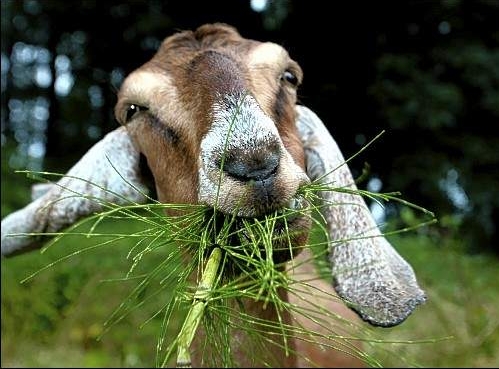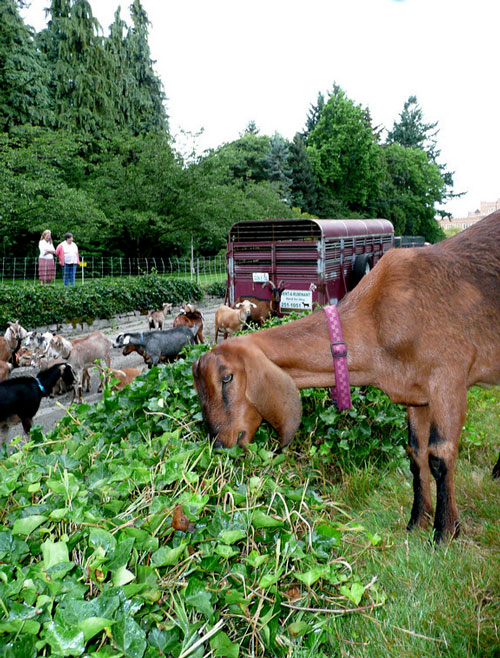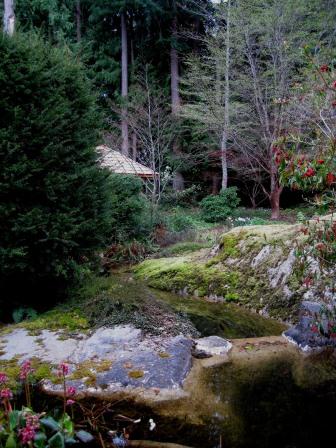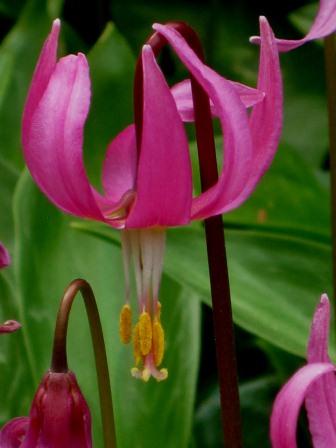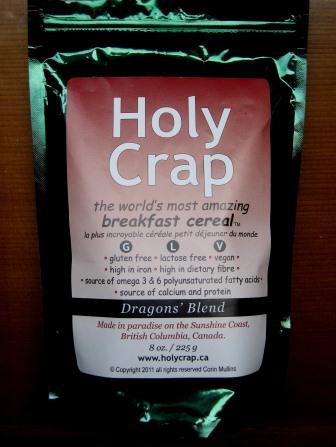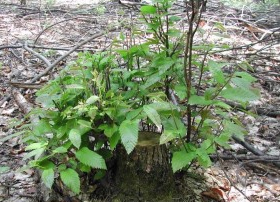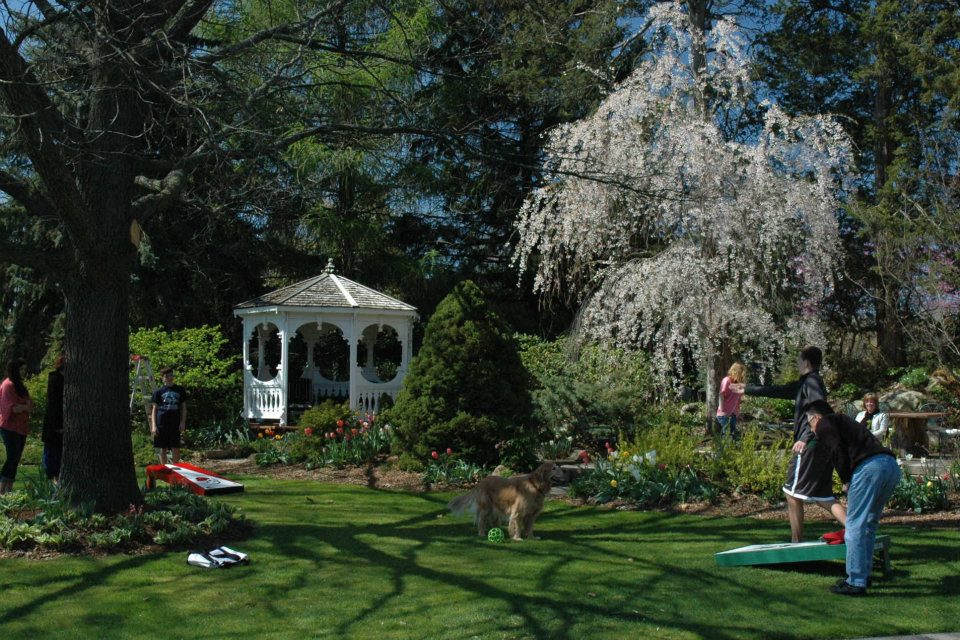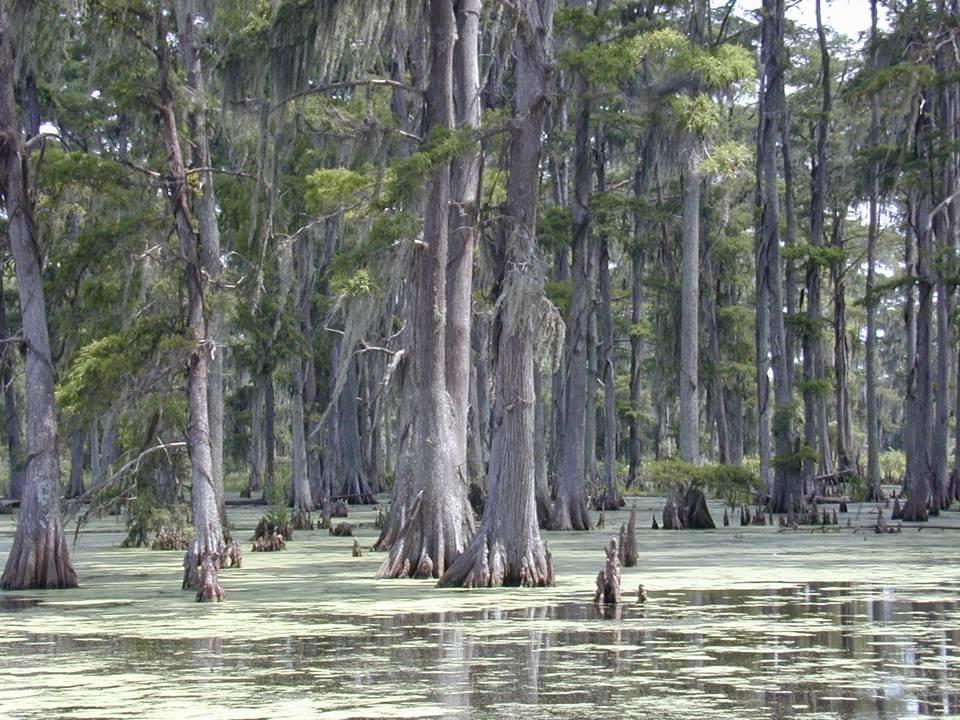We recently had a question sent to us about GMO seeds – whether they were being foisted upon us at the store. The simple answer is no. You can’t just go to the garden center and buy genetically modified seeds of any plant, they’re not available yet. I suppose, theoretically, you could call yourself a farmer and purchase genetically modified corn or soybeans, but the corn isn’t sweet corn (for the most part), and soybeans – who grows those besides farmers? You could ask a farmer friend to get you genetically modified alfalfa or sugar beets, but why? Are you really going to broadcast roundup across your garden? And it wouldn’t be legal for the farmers to give (or sell) it to you anyway.
It is worth noting that in the near future there may be grass seed that is genetically modified to resist Round-up, but it isn’t available yet (I’m not a person fundamentally opposed to genetic engineering – but I am opposed to Round-up ready grasses).
So, as a consumer, what can you buy that’s genetically modified? Not seed. Just the plants or plant parts that grow from the seed. Corn chips and processed foods. High fructose corn syrup, that kind of stuff. Also, you can buy carnations genetically modified to be blue – called ‘Moondust’. Most of the cheese we eat has been made with fungi genetically engineered to produce rennet. In terms of meat – it’s not available yet, but we’re getting close, especially with salmon.
